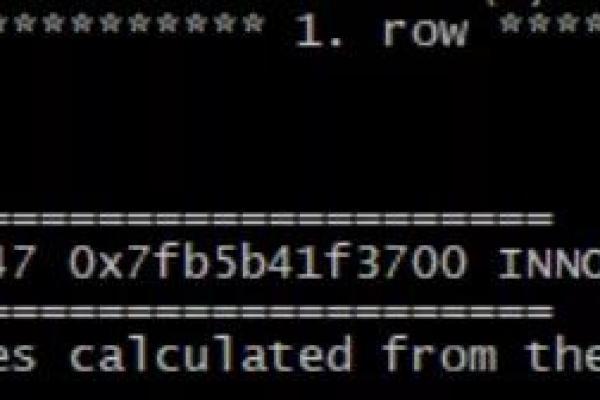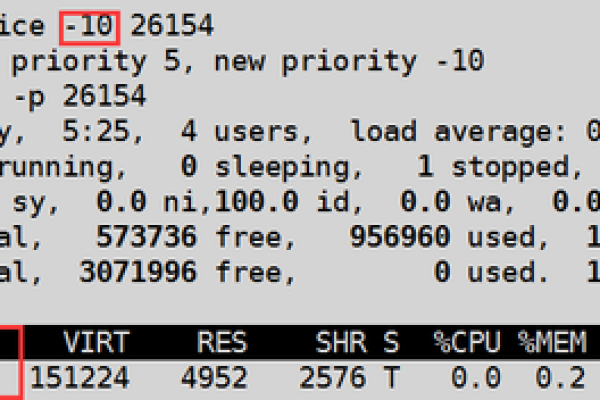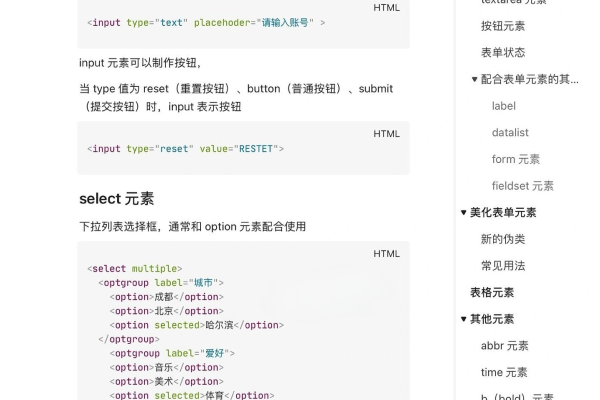上一篇
c语言 –前缀后缀怎么计算的
- 行业动态
- 2024-04-01
- 2
在C语言中,前缀和后缀表达式是两种常见的表达式表示方法,前缀表达式又称为波兰式(Polish Notation),它是一种运算符位于操作数之前的表达式形式,后缀表达式又称为逆波兰式(Reverse Polish Notation,RPN),它是一种运算符位于操作数之后的表达式形式,这两种表达式的计算方法有所不同,下面我们将详细介绍如何计算前缀和后缀表达式。
1、前缀表达式的计算
前缀表达式的计算过程是从左到右依次执行操作,首先需要将中缀表达式转换为前缀表达式,然后再进行计算,转换的方法是:将中缀表达式中的操作符提到操作数之前,然后去掉操作数和操作符之间的空格,将中缀表达式 "3 + 4" 转换为前缀表达式 "+ 3 4"。
下面是一个简单的前缀表达式计算函数:
#include <stdio.h>
#include <stdlib.h>
#include <ctype.h>
#include <string.h>
#include <math.h>
#define MAX_SIZE 100
typedef struct {
char data[MAX_SIZE];
int top;
} Stack;
void push(Stack *stack, char value) {
if (stack>top == MAX_SIZE 1) {
printf("Stack overflow!
");
return;
}
stack>data[++stack>top] = value;
}
char pop(Stack *stack) {
if (stack>top == 1) {
printf("Stack underflow!
");
return ' 本站发布或转载的文章及图片均来自网络,其原创性以及文中表达的观点和判断不代表本站,有问题联系侵删!
本文链接:http://www.xixizhuji.com/fuzhu/307679.html





